Creation of Autobiographical Graphic Novels
Course final project
A course by Marcela Trujillo Espinoza , Painter and Comic Artist
Joined July 2020
About the final project for: Creation of Autobiographical Graphic Novels
Creation of Autobiographical Graphic Novels
“We have reached the end of the course and I hope it has met your expectations, that it encourages you to give time and creativity to this new artistic expression that is the comic. Do not stop reviewing the work of Chilean and international authors. I learned by looking at the comics that I liked and daring to make my own. Do them, get wrong, be surprised by your achievements, experiment and above all, have a good time. Find your own voice to make your autobiographical comic! I left you many links to interviews with other autobiographical comic authors so you can see and hear what they can teach you. And I also recommended books for you to continue learning to draw comics with lessons from authors who are also teachers. Now it's your turn to get down to work with your final project. In the course, I shared with you my system to rescue stories from our memories, to categorize them by emotions and to choose one to transform it into a rundown that will serve as a guide for the story of the comic. Remember that emotions are transversal to all cultures, ages and genders, so it will always be a good idea to base your story on them. Once you are clear about the story you want to tell, start working on the storyboard, a stage in which I suggest you not do too many details. Use simple and schematic characters, since it serves mainly to organize the design of each scene. In text work, I advise you that if you work with a more poetic image, the texts are descriptive, or vice versa. The important thing is that both must complement each other and narrate together, so that the text does not repeat what the drawing says. When you have the storyboard assembled, it is time to draw the original in graphite.
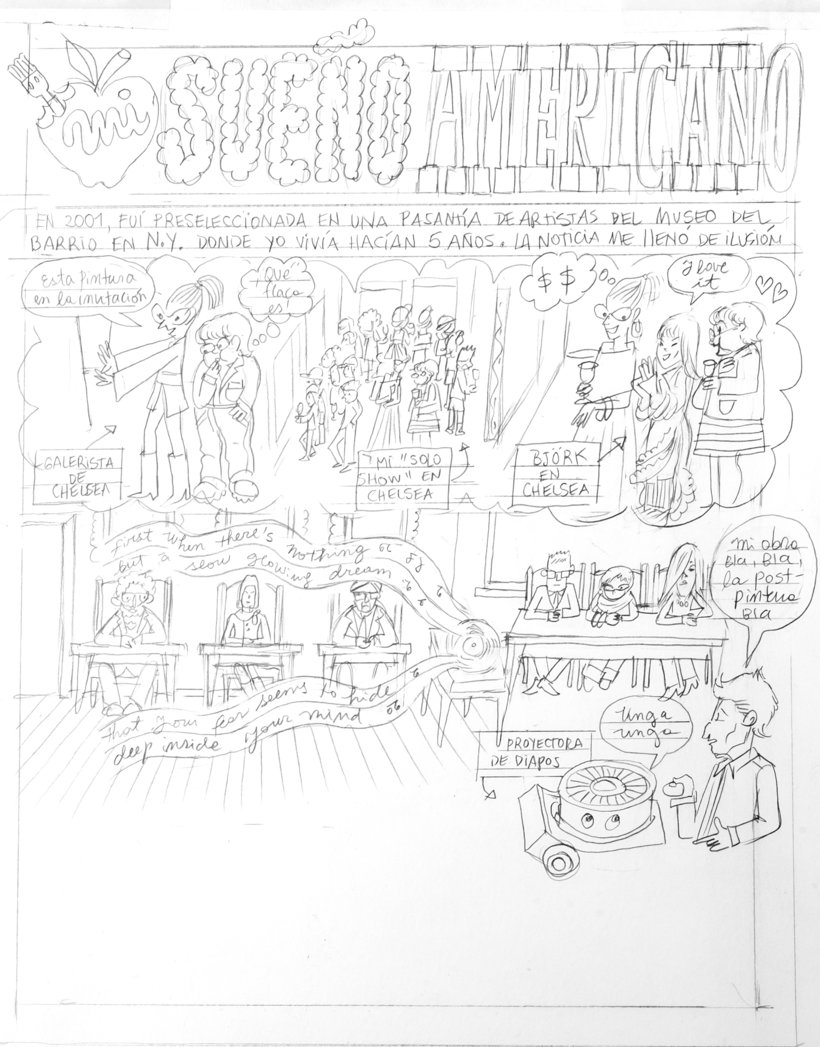
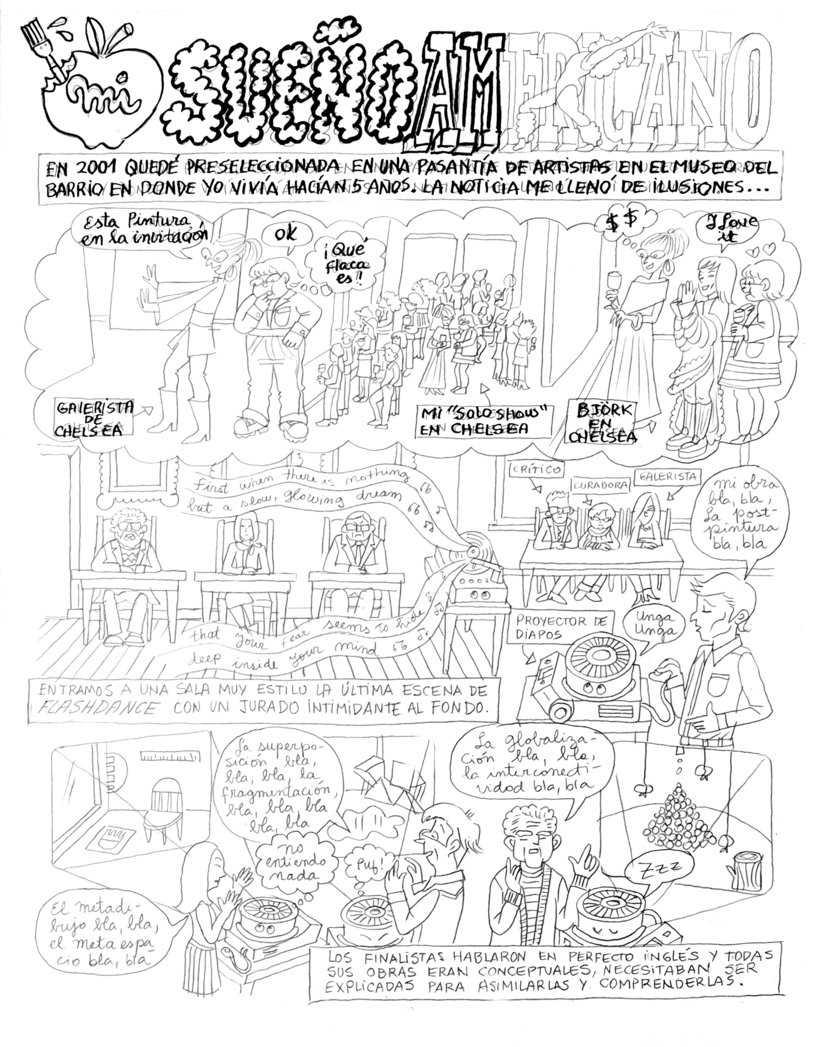
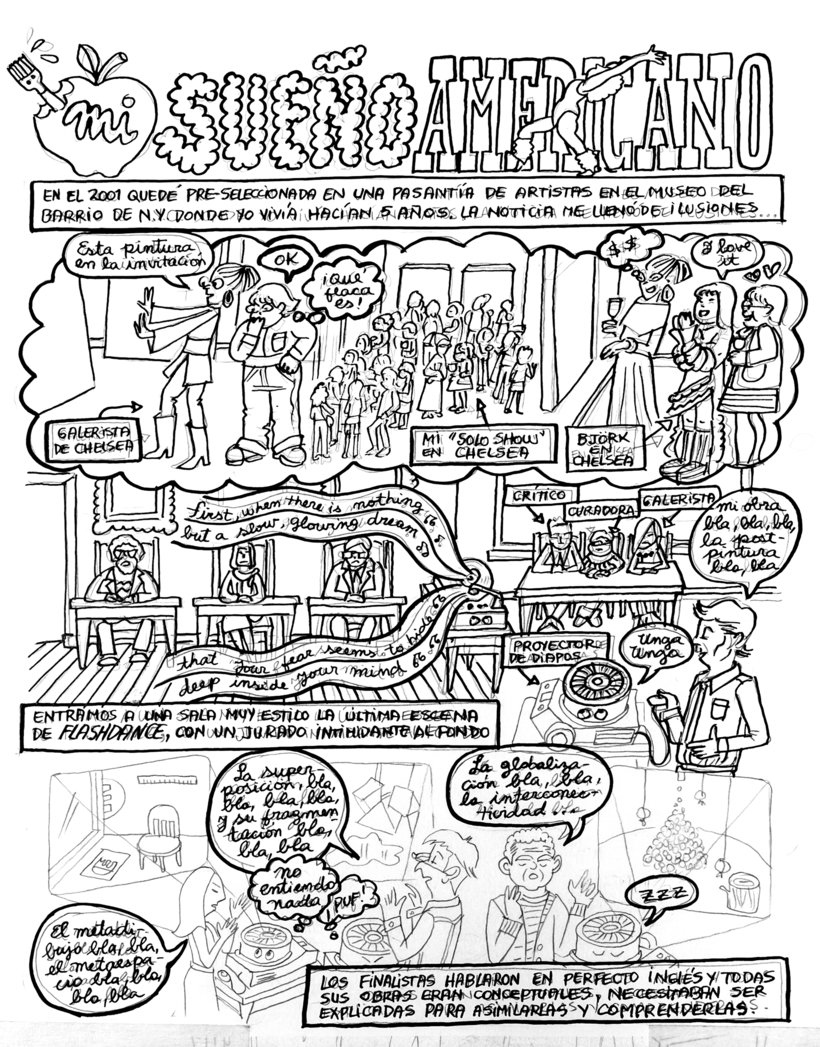
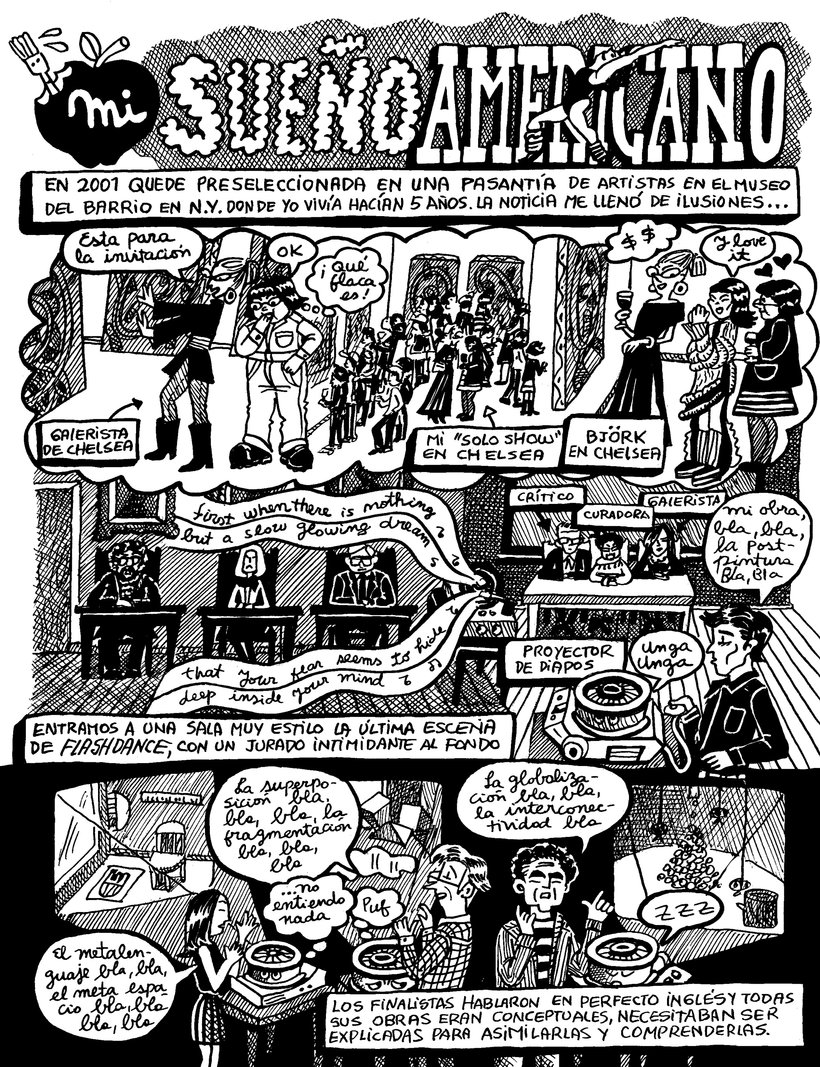
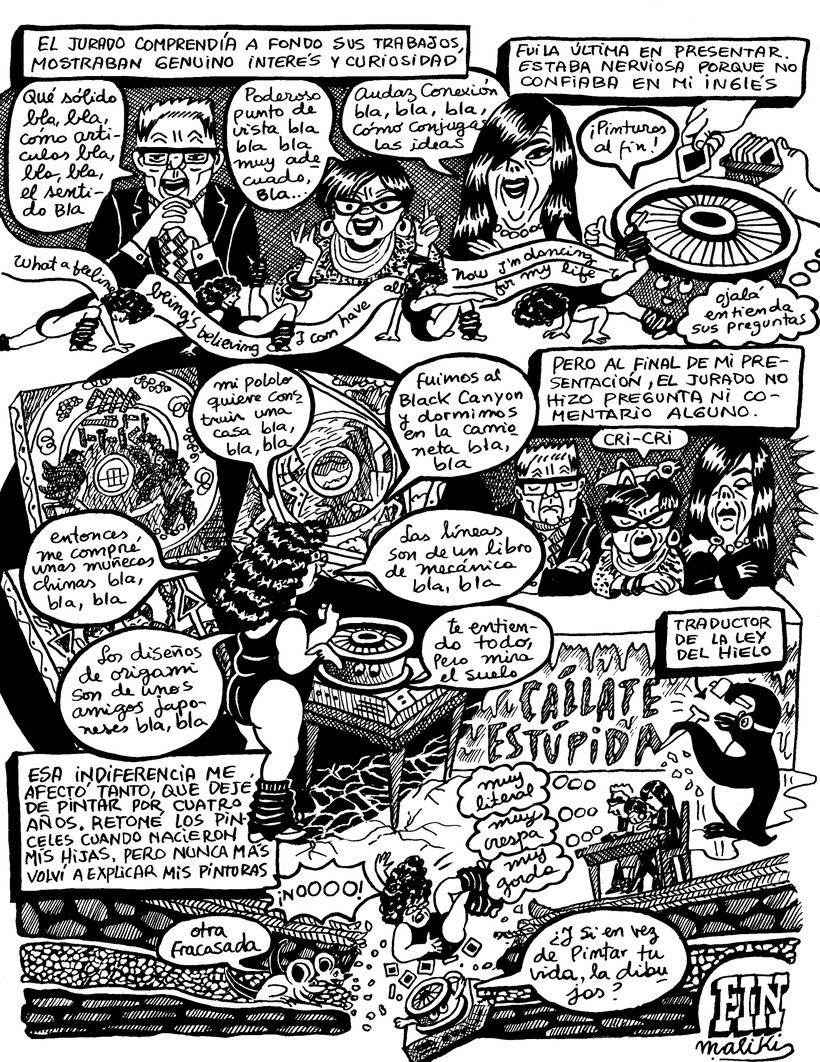
Partial transcription of the video
“Final project We have reached the end of the course and I hope I have met your expectations, that encourages you to give it time and creativity to this new artistic expression that is the comic. Do not stop reviewing the work Chilean and international authors. I learned by looking at the comics that I liked and daring to make my own. Do them, be wrong, be amazed by your achievements and experiment. Remember to have a good time and find your own voice to make an autobiographical comic. In the course I shared my system to rescue stories from our memories, to categorize them by emotions and to...”
This transcript is automatically generated, so it may contain mistakes.
Course summary for: Creation of Autobiographical Graphic Novels
-
Category
Illustration -
Software
Adobe Photoshop -
Areas
Comic, Drawing, Ink Illustration, Narrative, Non-Fiction Writing, Storyboard, Traditional illustration, Writing

Marcela Trujillo Espinoza
A course by Marcela Trujillo Espinoza
Marcela Trujillo, better known as Maliki for her comic character Maliki 4 ojos, graduated from the University of Chile where she studied art with a minor in painting. She has made a career for herself as a comic artist and professional painter.
Over the course of her career, her work has appeared in individual painting exhibits in museums and galleries and she has published 7 autobiographical graphic novels with publishers like Ocho Libros, Planeta, and Reservoir books. She also works as a university professor teaching comics, drawing, and painting and is the co-creator of the La Polola podcast about feminist comics with artist Sol Díaz.
- 99% positive reviews (96)
- 2,189 students
- 18 lessons (4h 42m)
- 24 additional resources (7 files)
- Online and at your own pace
- Available on the app
- Audio: Spanish
- Spanish · English · Portuguese · German · French · Italian · Polish · Dutch
- Level: Beginner
- Unlimited access forever




